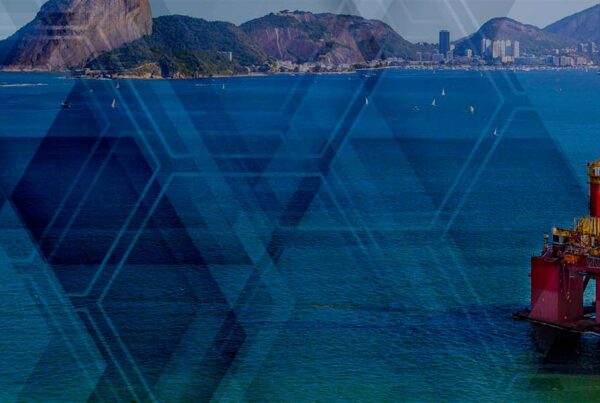This article was originally published in Recharge on 13 May 2024.
The poor financial performance of several offshore wind companies in recent months has been no secret, with many of the key players reporting losses, write-downs and troubled investments.
No secret, also, has been the increasing pressure from many investors to arrest this trend, given the substantial amount of capital that the sector has consumed in recent years. From this perspective, there is a need to shift from ‘portfolio growth’ to a ‘value creation’ approach.
Murray Auchincloss, CEO of BP, said as much in the company’s recent 4Q results: “I think the easiest way to think about this is the past four years has been about origination… And the big challenge is to now get the organisation, the engineers and the commercial people to move away from origination to execution.”
This sort of evolution requires change on a strategic level, as well as difficult decisions for certain projects. Orsted – now focused on “value over growth” – recently cut its offshore wind capacity target to 20-22GW by 2030; cancelled two well-advanced but troubled projects in the US; and exited several up-and-coming but less mature markets while deprioritising floating wind.
Elsewhere, Vattenfall chose to withdraw from the well-advanced Norfolk Offshore Wind Zone, while Shell has also looked to deprioritise certain markets, reportedly putting its offshore wind holdings in South Korea and France up for sale.
Perhaps unsurprisingly, there have been a number of changes in leadership at the major developers over this period. The long-running Sorlige Nordsjo 2 tender in Norway was, in a way, a victim of these corporate pirouettes, with 50% of publicly announced bidders withdrawing from the process before the final auction, including EnBW, Orsted, TotalEnergies, Corio Generation and Vattenfall.
For the energy majors, whose activities and investors span a wide range of energy transition and fossil fuel domains, the situation is particularly complex. For these developers, the narrative is increasingly about ‘integrating’ offshore wind into the wider business model, such as power trading, Power-to-X or EV charging, in order to generate superior returns, with the simple PPA-to-offtaker approach increasingly unfashionable.
Even before return requirements and Capex budgets, both increasingly under the microscope, are considered, this push for ‘integration’ puts natural limits on expansion. A major with a significant European refining business, may, for instance, see ample integration opportunities in north-west Europe but relatively few in southern Europe (or vice-versa of course). This more limited competition in some markets may open up opportunities for other developers, particularly those which are being used as a ‘platform’ by investors to gain exposure to offshore wind or renewables in general.
With at least some offshore wind developers changing tack, the wider value chain will need to be mindful of shifts in the prevailing winds. Some regulators, to their credit, already seem to be adapting, with the AR6 CfD auction in the UK expected to remedy the largest defects of the AR5 process, and New York repeatedly launching catch-up solicitations to recover capacity blown off course by unexpected issues.
Supply chain challenges
For the supply chain, the picture is perhaps more complex. The well publicised supply-side problems faced by many OEMs remain, even as the demand drivers of their industry – the developers – have begun changing. Whether or not these changes hinder OEMs in their quest to regain pricing power remains to be seen.
So long as the overall pace of offshore wind development remains on a sufficiently upward trajectory, the precise configuration of the developers behind it should have a more limited impact on sector level supply-demand balance.
Nonetheless, while those operating in more commoditised parts of the supply chain may benefit from overall growth of the market, more specialised OEMs may face challenges as the disparate impacts of changing developer strategy become apparent, with certain regions and technologies deprioritised.
Tower manufacturers, for example, are likely to benefit from rising installation volumes globally given the necessity of the product, whereas vendors of floating foundation technologies are only likely to benefit if those orders are generated in particular parts of the world.
Ultimately, the focus for suppliers will have to be on understanding and adapting to the shifting needs and preferences of under-pressure developers and how this affects their addressable markets.
Peter Lloyd-Williams, Senior Analyst – Offshore Wind
[email protected]




